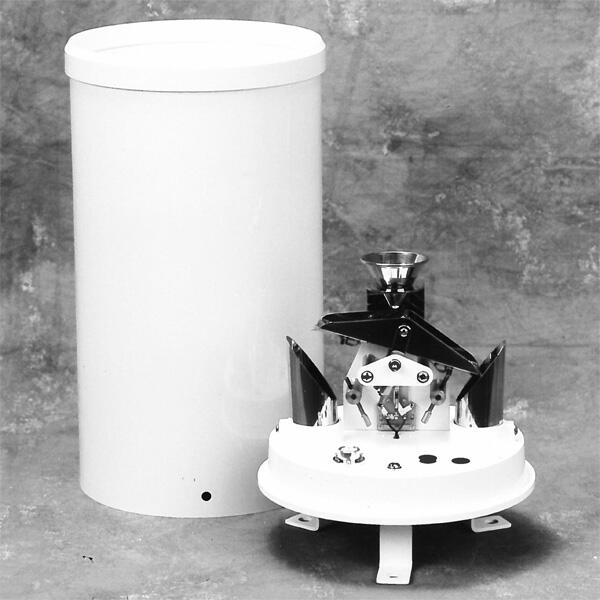
# Rain Gauge Uses in Weather Monitoring and Water Resource Management
Rain gauges are essential tools in meteorology and hydrology, providing critical data for weather monitoring and water resource management. These devices measure the amount of precipitation over a specific period, offering insights into rainfall patterns and helping professionals make informed decisions. Below, we explore the various uses of rain gauges in these fields.
## Weather Monitoring
Accurate weather forecasting relies heavily on precipitation data collected by rain gauges. Meteorologists use this information to predict weather patterns, issue warnings for severe weather events, and analyze climate trends. Rain gauges are particularly useful in tracking localized rainfall, which can vary significantly even within small geographic areas.
### Types of Rain Gauges in Weather Monitoring
– Standard Rain Gauges: These are simple, manual devices that collect rainfall in a cylindrical container. Measurements are taken manually, making them reliable but labor-intensive.
– Tipping Bucket Rain Gauges: These automated devices use a small bucket that tips when it fills with a specific amount of rainwater. Each tip corresponds to a set volume of precipitation, allowing for real-time data collection.
– Weighing Rain Gauges: These gauges measure the weight of collected precipitation, providing highly accurate data even for snow or hail.
## Water Resource Management
Rain gauges play a vital role in managing water resources, especially in regions prone to droughts or floods. By monitoring rainfall, hydrologists can assess water availability, plan irrigation schedules, and manage reservoirs effectively.
### Applications in Water Resource Management
– Flood Prediction: Rain gauges help predict potential flooding by measuring intense rainfall over short periods. This data is crucial for issuing timely flood warnings and implementing emergency measures.
– Drought Monitoring: Consistent rainfall measurements allow authorities to identify drought conditions early, enabling proactive water conservation strategies.
– Agricultural Planning: Farmers rely on rain gauge data to optimize irrigation, ensuring crops receive adequate water without wastage.
## Conclusion
Rain gauges are indispensable tools for both weather monitoring and water resource management. Their ability to provide accurate and timely precipitation data makes them invaluable for predicting weather events, managing water supplies, and supporting agricultural practices. As climate change continues to impact global weather patterns, the importance of rain gauges in these fields will only grow.
Keyword: rain gauge uses
